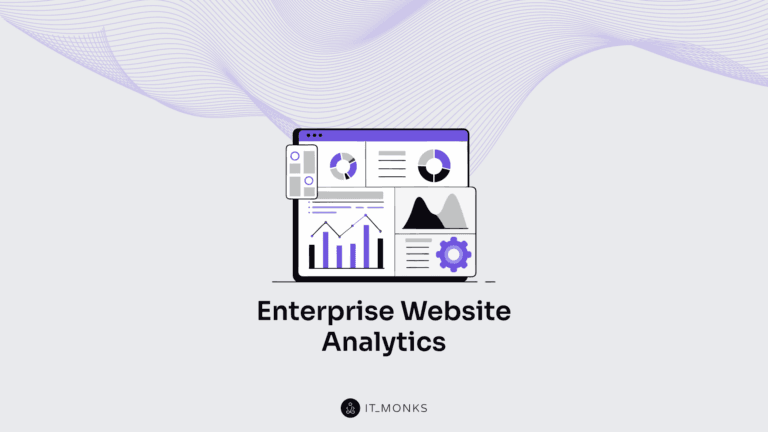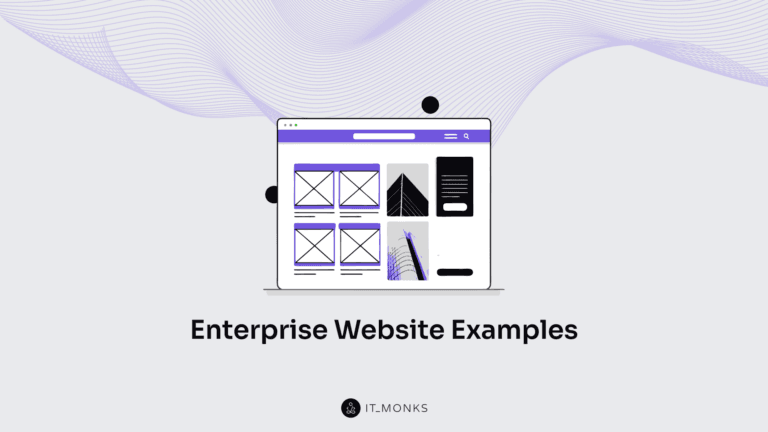4 Common Security Threats with Cloud Computing to Watch for
Table of Contents
The world is changing at a fast pace, so does the internet. New technologies evolve along with new security threats with cloud computing. Gone are those days when we used physical drives to upload software onto hard drives. Cloud-based resources let us download most software packages through high-speed internet connection.
The increased demand for the cloud has given us an additional boost to productivity, but there are always two sides to a coin. On the one side, it’s super convenient to use cloud-based services and have instant access to your files and setups, while on the other, cloud security breaches make the information stored on such platforms more vulnerable. To avoid the most common cloud security breaches, you should be informed of them and how they should be handled.
Remote Access
Providing you with remote access to your data is one of the major benefits of using cloud-based software. Cloud-based platforms were especially useful when the COVID-19 pandemic hit the world, and most companies needed a solution to let their teams work as normal, even though they were working from home.
Besides the multiple advantages of working remotely, there is one major downside. Employees may face security threats with cloud computing in cases when their laptops, PCs, tablets, smartphones, and other internet-enabled devices have poor security. To avoid security issues in the cloud, companies should make certain their employees use reliable cybersecurity features on their personal PCs.
Cloud Security
There are multiple forms of cybersecurity made for handling various cloud security issues. About twenty years ago, cybersecurity was mainly focused on preventing malware instructions from attacking your network’s server. In cases malware leaks into the cloud-based services to which all team members have access, it might be catastrophic for the whole company.
Today, the focus has shifted to the Cloud Access Security Broker (CASB). McAfee designed the system to ensure the bridge between cloud-based systems and physical devices is well-protected. There are four pillars of any CASB solution. Let’s briefly review them.
- Visibility. CASB lets enterprises discover all cloud services in use, provide reports on what the cloud is spent for, and help you find redundancies in functionality and license costs. In a word, CASB provides companies with full control over managed and unmanaged cloud services.
- Data security. CASB provides deeper research on cloud security threats, allowing companies to identify and stop malicious activities before they escape.
- Threat protection. Companies need to ensure their employees aren’t introducing cloud security threats through cloud storage services or associated sync clients. To prevent and manage security threats with cloud computing, companies need to scan and remediate threats in internal and external networks. A CASB defends companies against multiple cloud threats and malware.
- Compliance. It’s one of the major factors companies should consider when moving their data to cloud-based services. Cloud access security brokers help ensure compliance in the cloud for companies belonging to multiple industries, including healthcare, finance, retail, etc.
Lack of Responsibility
It’s a common case for small and medium-sized companies to experience security threats with cloud computing. The reasons may differ from one company to another. In most cases, it’s because of the lack of responsibility and financials needed to hire a data protection officer or a head of cybersecurity which can take care of running tasks related to data protection.
Human Errors
We are all human beings, and we all make mistakes. Any person who has full access to your cloud-based services and corporate files can become the reason for security issues in the cloud. The mistake may be as evident as simply leaving important services logged on, failing to install cybersecurity software on personal devices, or accessing sensitive information from public devices. The best way to prevent cloud security errors is to encourage your staff to behave responsibly and carefully when working with corporate cloud-based services or logging in using a public internet connection.
These are some of the most common security threats with cloud computing small-to-large-sized companies should be aware of. Using cloud-based services has become a regular thing for millions of people worldwide. Whether stirring personal or corporate files on the cloud, it’s vital to make sure you take all measures to prevent security issues in the cloud, and rest assured your files and setups are safe and malware-free.




